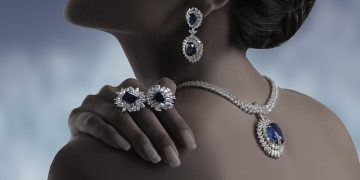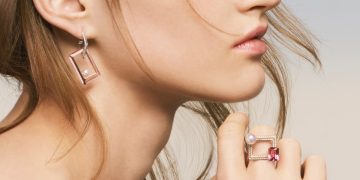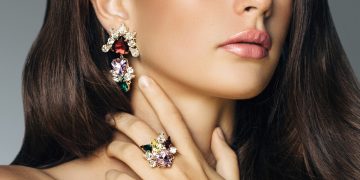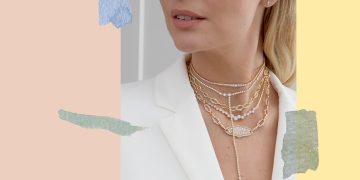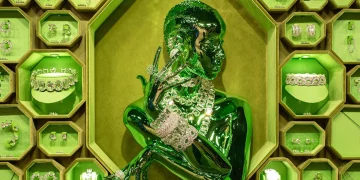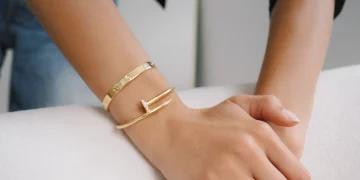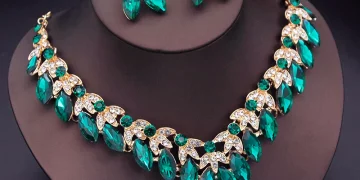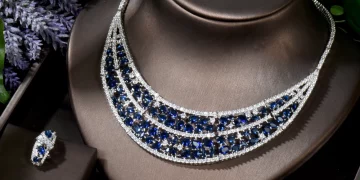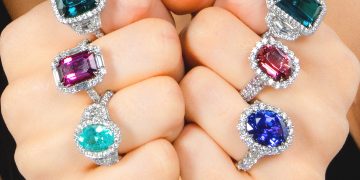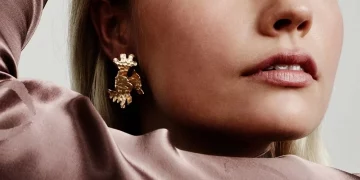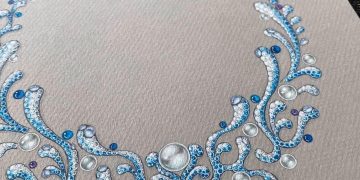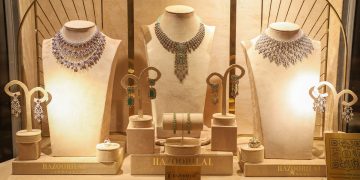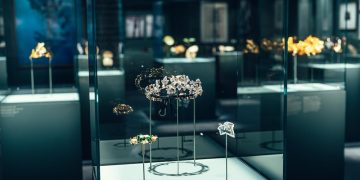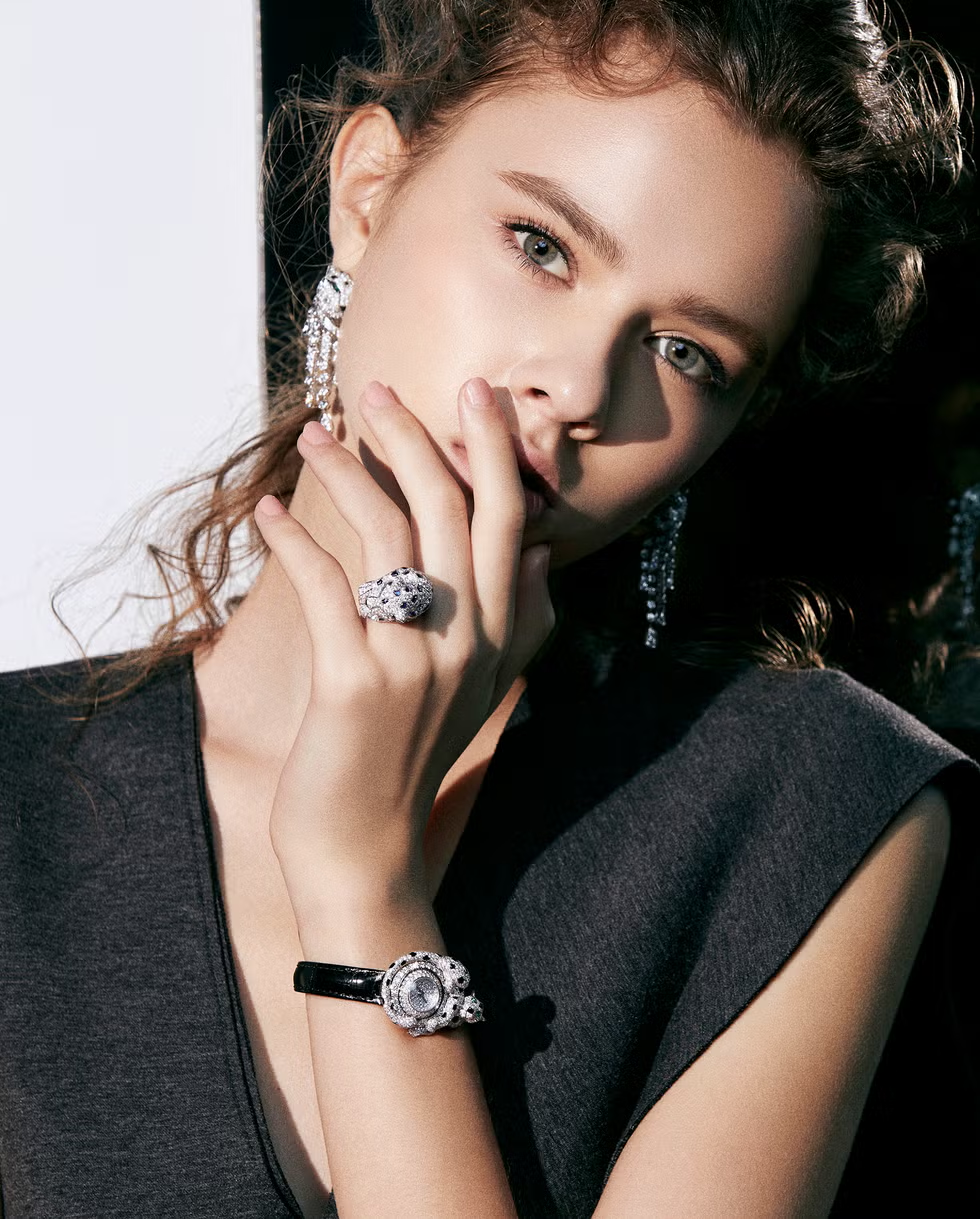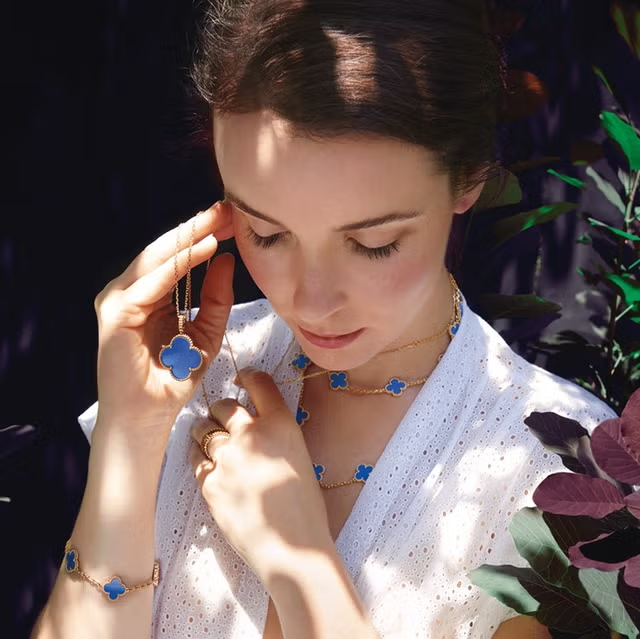Introduction
The jewelry industry in 2025 stands at the intersection of tradition and innovation, driven by technological advancements, sustainability demands, and cross-cultural influences. This article explores the dominant colors and materials shaping the year’s trends, supported by market dynamics and creative experimentation .
I. Color Trends: From Earthy Tones to Neon Vibrancy
1. Nature-Inspired Palettes
- Earthy Browns and Amber: Echoing 2025’s hair color trends, deep browns and amber hues will dominate jewelry designs. These tones evoke organic warmth and pair seamlessly with gold or bronze settings, appealing to consumers seeking timeless elegance .
- Soft Greens and Ocean Blues: Colors like sage green and aquamarine reflect growing environmental consciousness. Materials such as recycled glass and ethically sourced turquoise will amplify these shades.
2. Bold Neon Accents
- Fluorescent Pink and Electric Blue: Inspired by avant-garde hair dyes, neon-colored gemstones (e.g., synthetic sapphires, dyed quartz) will adorn statement pieces. Designers like [Brand X] are embedding LED-enhanced stones for a glowing effect .
- Gradient Combinations: Ombré transitions from deep purple to magenta or teal to emerald will be popular in layered necklaces and resin-based accessories.
3. Metallic Finishes
- Liquid Gold and Brushed Silver: Precious metals remain staples, but finishes will lean toward “unpolished” textures for a raw, industrial aesthetic. Rose gold’s popularity wanes in favor of cooler platinum and titanium .
- Space-Age Chromes: Mirror-polished cuffs and rings will mirror 2025’s tech-driven futurism, often paired with iridescent coatings.
II. Material Innovations: Sustainability Meets Technology
1. Ethical Metals and Lab-Grown Gemstones
- Recycled Gold and Platinum: Brands like [Brand Y] prioritize traceable supply chains, using 100% recycled metals to reduce mining impacts .
- Lab-Created Diamonds and Moissanite: Affordable, conflict-free alternatives gain traction, especially in engagement and bridal collections.
2. Organic and Biodegradable Materials
- Pearl Revival: Cultured pearls in irregular shapes (e.g., baroque pearls) symbolize imperfect beauty. Innovations in freshwater pearl farming reduce environmental strain .
- Plant-Based Resins and Seed Embeds: Biodegradable resin pendants with encapsulated seeds (e.g., wildflowers) allow wearers to plant jewelry after use.
3. High-Tech Hybrids
- 3D-Printed Titanium: Lightweight, customizable designs with geometric patterns dominate the avant-garde market.
- Smart Jewelry Integration: Bracelets with embedded health sensors or NFC payment chips blend functionality with minimalist aesthetics.
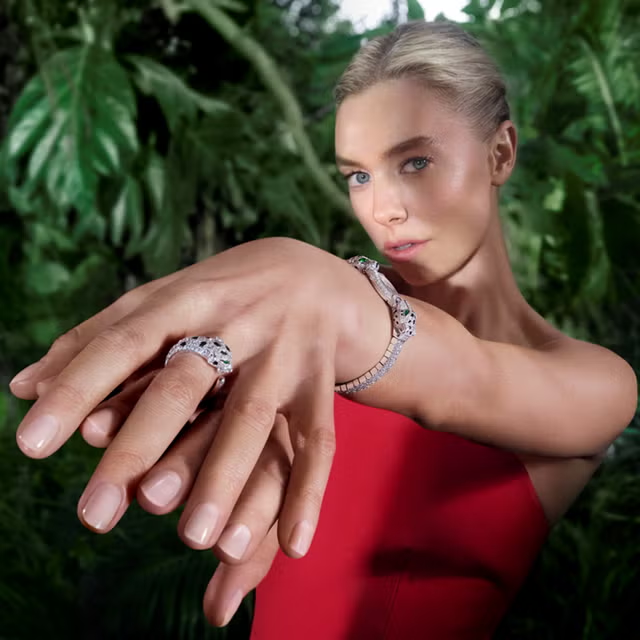
III. Cultural and Artistic Influences
1. East-West Fusion
- Chinese jade carvings reinterpreted in Art Deco settings and Japanese kintsugi-inspired gold-repaired ceramics reflect globalized design philosophies .
2. Personalized Expression
- Initial pendants and birthstone stacks evolve into “modular jewelry,” where wearers can mix and match charms to reflect daily moods or milestones.
IV. Sustainability and Technology: The Future of Production
- Carbon-Neutral Manufacturing: Solar-powered workshops and waterless dyeing techniques reduce carbon footprints.
- Blockchain Transparency: QR code tags provide details on a gem’s origin, artisan wages, and environmental impact .
V. Conclusion
2025’s jewelry trends balance nostalgia and progress, offering wearers both emotional resonance and ethical assurance. As materials and colors evolve, the industry’s commitment to innovation and sustainability will redefine luxury for a new generation.

